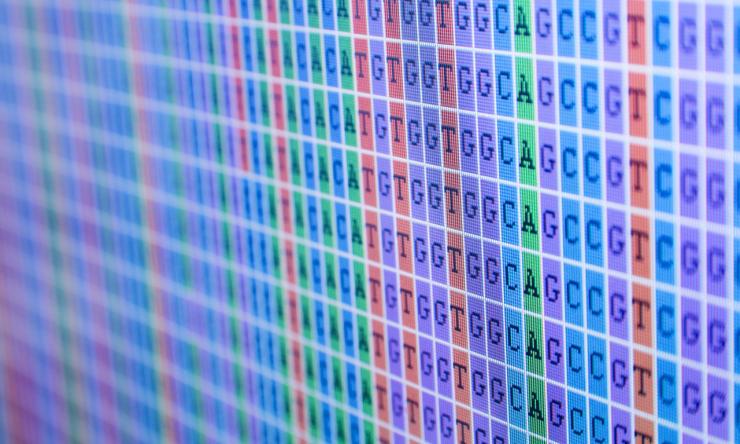Primate genome sequencing reveals insight into human evolution and biodiversity
A new investigation led by researchers at Baylor College of Medicine’s Human Genome Sequencing Center, the Institute of Evolutionary Biology and Pompeu Fabra University in Barcelona, Spain, and Illumina, Inc. analyzed the genomes of 233 nonhuman primate species and revealed key features of primate evolution, human disease and biodiversity conservation. The findings are published in a series of studies in a special issue of the journal Science.
The Primate Genome Project generated the most complete catalog of genomic information for primates to date, covering nearly half of all existing primate species on Earth. Researchers from 24 countries compared the genomes of 809 individual primates from 233 species and identified 4.3 million common missense mutations. The resulting studies uncovered DNA sequence variants and developed phylogenies for primate species that will provide new data on primate and human evolution, as well as primate biodiversity. In addition, researchers used primate genomic data to identify new insights into the genetic causes of human disease and developed an algorithm that will help predict pathogenic variants in humans.
“The simultaneous publication of this broad array of papers on primate genomics demonstrates the value and the power of comparative genetics,” said Dr. Jeffrey Rogers, lead investigator and associate professor at the Human Genome Sequencing Center at Baylor. “When we investigate the genomics of nonhuman primates, we not only learn about these species, which is important and timely, but we can also place human genetics into its proper comparative context, which provides new insights into human health and human evolution.”
“Primates have a great genetic diversity that increases between the different geographical regions and taxonomies,” said Dr. Tomàs Marquès-Bonet, lead investigator from Pompeu Fabra. “The study of this diversity is crucial for human evolutionary studies, human disease and for their future conservation.”
“Our studies show which species are in most dire need of conservation efforts and can help identify the most effective strategies for preserving these species,” said Dr. Lukas Kuderna, lead investigator from the Institute of Evolutionary Biology.
Interspecies gene flow in baboons may shed light on human evolution
One of the consortium studies focused on hybridization of genetically distinct lineages in baboons. Researchers used whole genome sequence data from 225 baboons representing multiple populations to identify several new geographic sites of gene flow between populations. They found that yellow baboons (P. cynocephalus) from western Tanzania are the first nonhuman primate shown to have received genetic input from three distinct lineages. The evolutionary dynamics of baboon populations suggest that other early hominins may display similar complexity.
“These results suggest that the population genetic structure and history of introgression among baboon lineages is more complex than was previously thought, and that shows that the baboons are a good model for the evolution of humans, Neanderthals and Denisovans,” Rogers said.
Using primate mutations to predict risk of human disease
One of the consortium studies with key implications for human disease focused on determining clinical relevance of genetic variants. Out of the 4.3 million missense mutations identified in primates in this study, researchers found that 6% can be considered likely benign in human disease because their abundant frequency in primate populations does not appear to have a negative effect. Meanwhile, in the other 94%, researchers used the PrimateAI-3D deep learning algorithm, an artificial intelligence algorithm developed by the team at Illumina, to predict variant pathogenicity in human disease.
“We discovered that if a ‘rare’ mutation cannot be found in the primate genome, it is very likely to cause a human disease,” said Dr. Kyle Farh, lead investigator from Illumina. “In addition, some of these rare mutations can cause, by themselves, some diseases considered polygenic.”
The new genomic catalog outlined in this series of studies has halved the number of genomic innovations that were believed to be exclusively human. This observation facilitates the identification of those mutations not shared with primates that consequently may be unique to human evolution and the characteristics that make us human.
“These studies bring comparative genomics to new heights, and we can predict the impact on both understanding of human biology and on practical clinical diagnostic issues,” said Dr. Richard Gibbs, founding director of the Human Genome Sequencing Center and Wofford Cain Chair and Professor of Molecular and Human Genetics at Baylor.
Other Baylor contributors to this work include R. Alan Harris, Muthuswamy Raveendran, Marie-Claude Gingras, Sejal Salvi and Harshavardhan Doddapaneni. For a full list of authors and funding for this work, see the publications.










